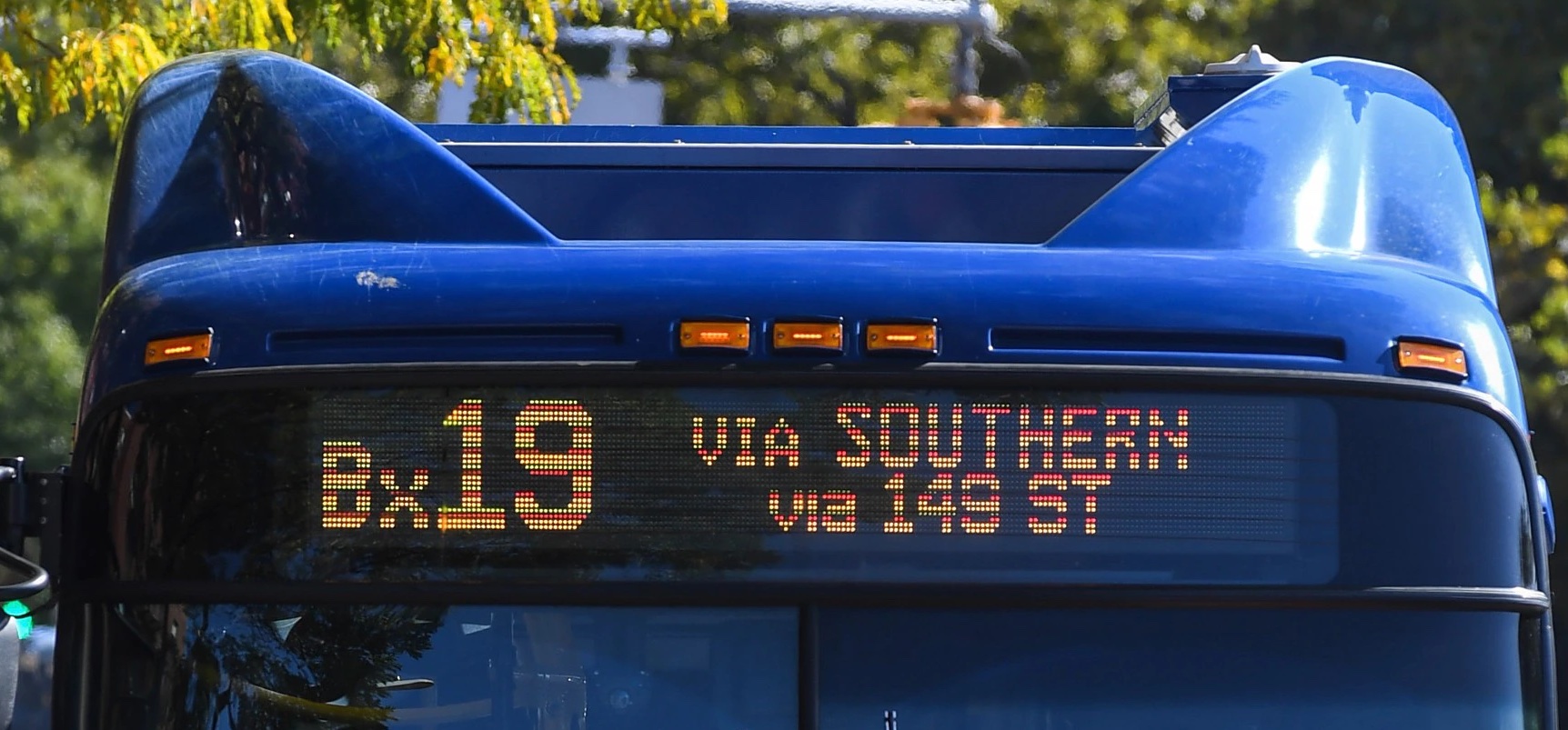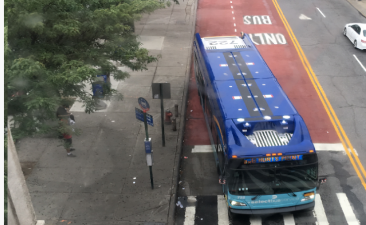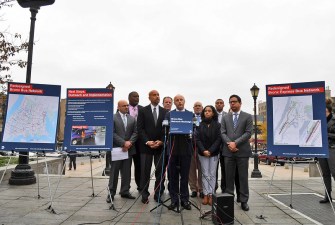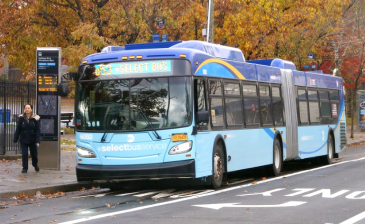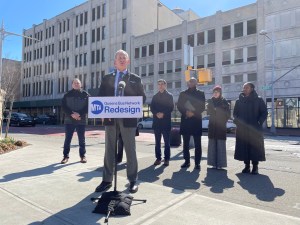Buses in the Bronx are moving faster and carrying more riders after the borough’s bus routes were revamped and rejiggered last summer, MTA officials said on Tuesday.
The jumps in speed and ridership in El Bronx were measured after transit leaders altered the borough’s bus map and removed dozens of bus stops in June 2022, MTA Manager of Bus Service Planning Robert Thompson said during a presentation to authority board members.
“[The redesign] has delivered on providing faster, more reliable service and our customers have noticed the improvements,” Thompson said. “Customers are voting with their feet.”
Local buses ran 4 percent faster in the months after the redesign went into effect on the 13 routes the agency re-mapped, while overall speeds also increased borough-wide — by 2 percent on weekdays and 3 percent on weekends, according to the presentation.
Ridership, meanwhile, increased 6 percent after the redesign went into effect, Thompson said. The routes that received the most changes saw the biggest increases.

Crucially in a borough that doesn’t have crosstown subway service, crosstown bus routes saw better speeds and an 8-percent ridership boom after the redesign, the MTA said.
On the BX40 on East Tremont Avenue and East 180th Street, highlighted in Thompson’s presentation, riders saved three minutes of travel time going in either direction as a result of the new maps.
The redesign, which was implemented at the end of last June, is the first local bus network overall the MTA has finished since it began the work of tweaking local and limited routes in the boroughs in 2019.
Queens’s network redesign is currently in the finishing touches, while public outreach for Brooklyn’s has only just got underway.
In the Boogie Down, the MTA made major changes to 13 of 46 routes, while also tweaking almost every line in the borough by streamlining routes and adding more space between stops, a process known as bus stop balancing.
One planner’s “balancing” is another person’s “bus stop cut,” however, so while the original plan proposed cutting 400 bus stops in order to keep buses from having to stop every block, the final plan eliminated just 250. Even after feedback from elected officials and community members got 25 stops put back, some riders still cried foul at having to walk further to their nearest bus stop.
Transit advocates gave a hearty cheer to the redesign, but also reminded the MTA and the city Department of Transportation that bus redesigns fare well with big time bus priority projects, like say the still-delayed Fordham Road busway.
Despite the improvements in speed and ridership, bus speeds in the borough still average a paltry 7.1 miles per hour, according to the MTA — thanks to traffic, unenforced bus lanes, blocked bus stops and myriad other obstructions on city-run streets out of the MTA’s control.
“Network redesign has an important role to play in speeding up the nation’s slowest bus system,” said Riders Alliance Policy and Communications Director Danny Pearlstein. “It also happens to pair especially well both with new bus lanes and busways and more frequent service.”
